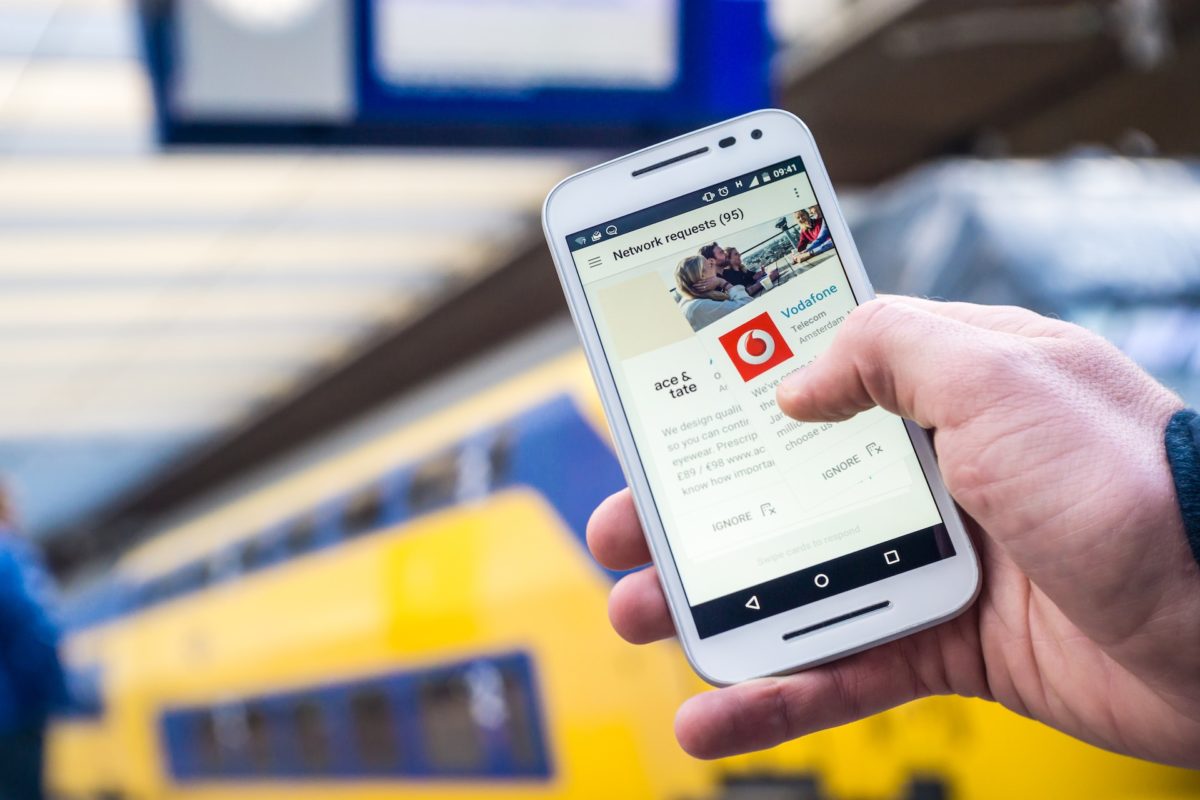Millions of us around the world are becoming more reliant on help, whether it be to help with the cost-of-living crisis, or things such as illness, and charities can often provide that comfort blanket to see people through those dark times.
While much of the work of a charity will be done on the ground, in the “real world”, having a presence online is so important, giving people the information they need to get help almost instantly.
Whether someone is battling alcohol addiction, which is a growing trend worldwide at present, particularly in the aftermath of the pandemic, or you’re a charity to help children, the elderly, or even pets, having the information out there to find is so important.
However, setting up a website for a charity is different to a business or a personal blog, and there is plenty you need to think about to ensure you’ve got it right for those you want to help.
So, if you are looking to set up a website for your charity, here are eight top tips for doing so…
Define Your Goals And Objectives
Before you start building your website, it’s important to define your goals and objectives. What do you want to achieve with your website? Do you want to raise funds, promote your services, or build a community of supporters? Defining your goals and objectives will help you determine the content, design, and functionality of your website.

Choose A Platform
There are many website-building platforms available, such as WordPress, Wix, Squarespace, and Shopify. Each platform has its own strengths and weaknesses, so it’s important to choose one that meets your specific needs.
For example, WordPress is a popular platform for content-based websites, while Shopify is ideal for e-commerce websites.
You’ll find many have templates available that will allow you to set up your website much more quickly, and without the need for huge expertise, so it’s well worth shopping around in that aspect.
Of course, you can also hire a professional and leave it to them to build your website, which will make much of this article redundant.
However, you will still need to have clear goals and objectives, as well as brand colours, and engaging content to help a designer and developer shape the website.
Create a Simple And User-Friendly Design
Your website’s design should be simple and user-friendly. A cluttered or confusing design can turn visitors away from your site.
Use a clean and consistent layout, easy-to-read fonts, and a colour scheme that matches your brand. Make sure your website is easy to navigate and that visitors can find the information they need quickly.
That speed is so important. People are used to finding the information they need online swiftly, and it could also be a necessity for a charity to provide it instantaneously, particularly if a person is looking to reach out and get help.
You don’t need anything fancy, it simply needs to serve its purpose and reach out to a person with the information they need.
Use High-Quality Images And Videos
Visual content, such as images and videos, can make your website more engaging and memorable. Use high-quality images that reflect your charity’s mission and values.
Videos can be used to showcase your charity’s work, testimonials from supporters, and other promotional content.
A good idea is to get a professional photographer in for the day to take pictures of what you do. Although, of course, you may also need to think about safeguarding.
Having a stockpile of photos can be great not only for building your website initially but for blog posts and creating content once you get going.
Make Your Website Mobile-Friendly
More and more people are accessing the internet using their mobile devices, so it’s essential that your website is mobile-friendly.

A mobile-friendly website is one that is optimized for viewing on smaller screens, with easy-to-read fonts, clear navigation, and fast loading times.
It’s vital, not only for your users, but for search engines too, with Google prioritising websites that are mobile friendly. Think about how a person may engage with your website, and chances are it’ll be while on their smartphone.
Include A Call-to-Action
A call-to-action (CTA) is a button or link that encourages visitors to take a specific action, such as donating, volunteering, or signing up for a newsletter.
Make sure your CTAs are prominently displayed on your website, with clear and compelling copy that encourages visitors to take action.
Decide what you want from your website. What are the goals and display your call-to-actions accordingly.
These can differ from page-to-page, so on one page it may be volunteering, another it may be donating, another it may be to provide people with help.
Alongside this, ensure that there are clear ways to get in touch not just through CTAs, but also things like contact pages, and telephone numbers and email addresses clearly displayed in headers or footers.
Provide Clear And Compelling Content
Your website’s content should be clear, concise, and compelling. Use plain language and avoid jargon or technical terms that may confuse visitors. Provide clear and concise information about your charity’s mission, services, and impact.
Use storytelling to create an emotional connection with your audience and illustrate the impact of your work.
What’s more, once you’re up and running you can create guides and blog content that can be useful for people who want to know more, or are perhaps researching in order to aid others.
Promote Your Website
Once your website is up and running, it’s important to promote it to reach a wider audience. Use social media, email marketing, and other digital marketing channels to promote your website and drive traffic to it.
You can also use search engine optimization (SEO) techniques to improve your website’s visibility in search engine results.
This is vital, as it’s all well and good having a helpful website for people, but if they can’t see it it’s relatively redundant. You’ll find tons of agencies and freelancers around that can help with this to ensure your charity is front and centre for those that need it most.